TPW Magazine’s Rio Grande Valley Road Trip
Thursday, November 16th, 2017This is Passport to Texas
To celebrate its 75th anniversary, Texas Parks and Wildlife magazine’s staff spent a week in the Rio Grande Valley to discover its stories.
It’s the craziest thing we’ve ever done. But, sometimes crazy is brilliant. And I’m hoping that’s the case here.
Editor, Louie Bond, says the issue is a tribute to the folks who started the magazine 75 years ago in the midst of a world war.
And we thought about, what part of the state of Texas could we celebrate that embodies the spirit of Texas, and the multi-culturalism, and fantastic nature opportunities? And we unanimously agreed the Rio Grande Valley was the place to go.
Their inspiration came from an old issue of Norwegian Airlines magazine.
Who had taken the entire team to the most northern location that they fly to in Norway—which was actually a tiny little town within the Arctic Circle. But, for such a tiny town, a whole magazine was devoted to it, and it was the most fascinating thing I had ever seen.
In the end, Louie Bond says the December issue of Texas Parks and Wildlife magazine is a love letter.
We call is a love letter to the Rio Grande Valley. And that’s what I would like everyone to take away from it. You know, to look at the Rio Grande Valley through the eyes of a new visitor, who looks around and says: “’Wow. I cannot believe what I found here.’
The December issue of Texas Parks and Wildlife magazine is on newsstands now. Our show receives funding from Ram Trucks. Guts. Glory. Ram.
For Texas Parks and Wildlife…I’m Cecilia Nasti.
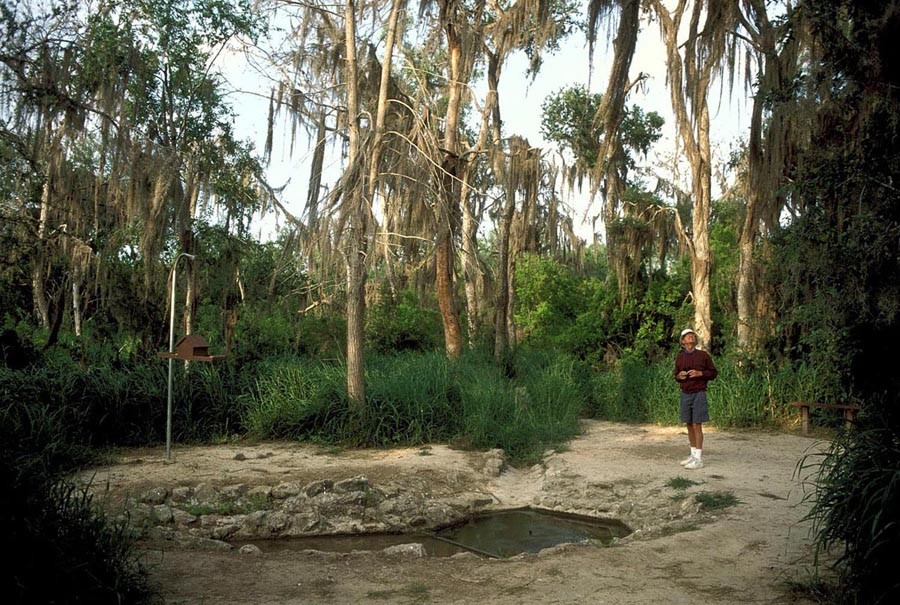

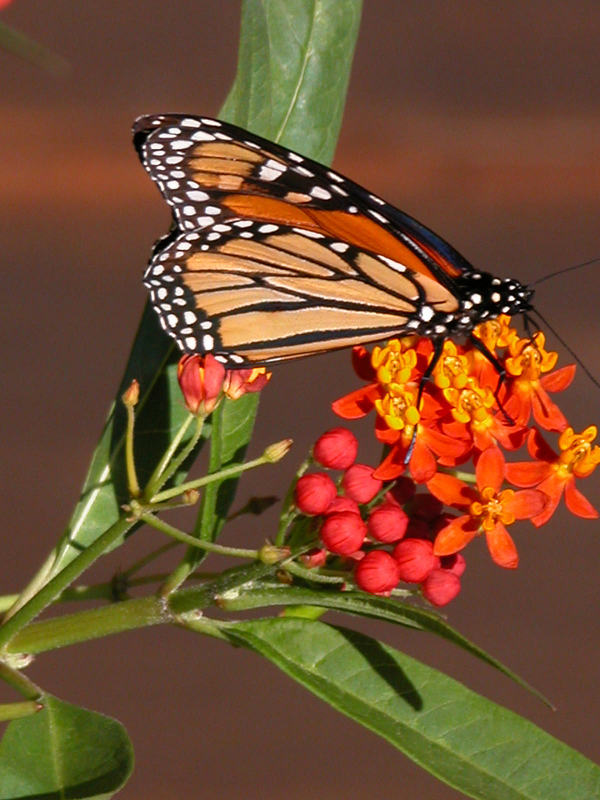
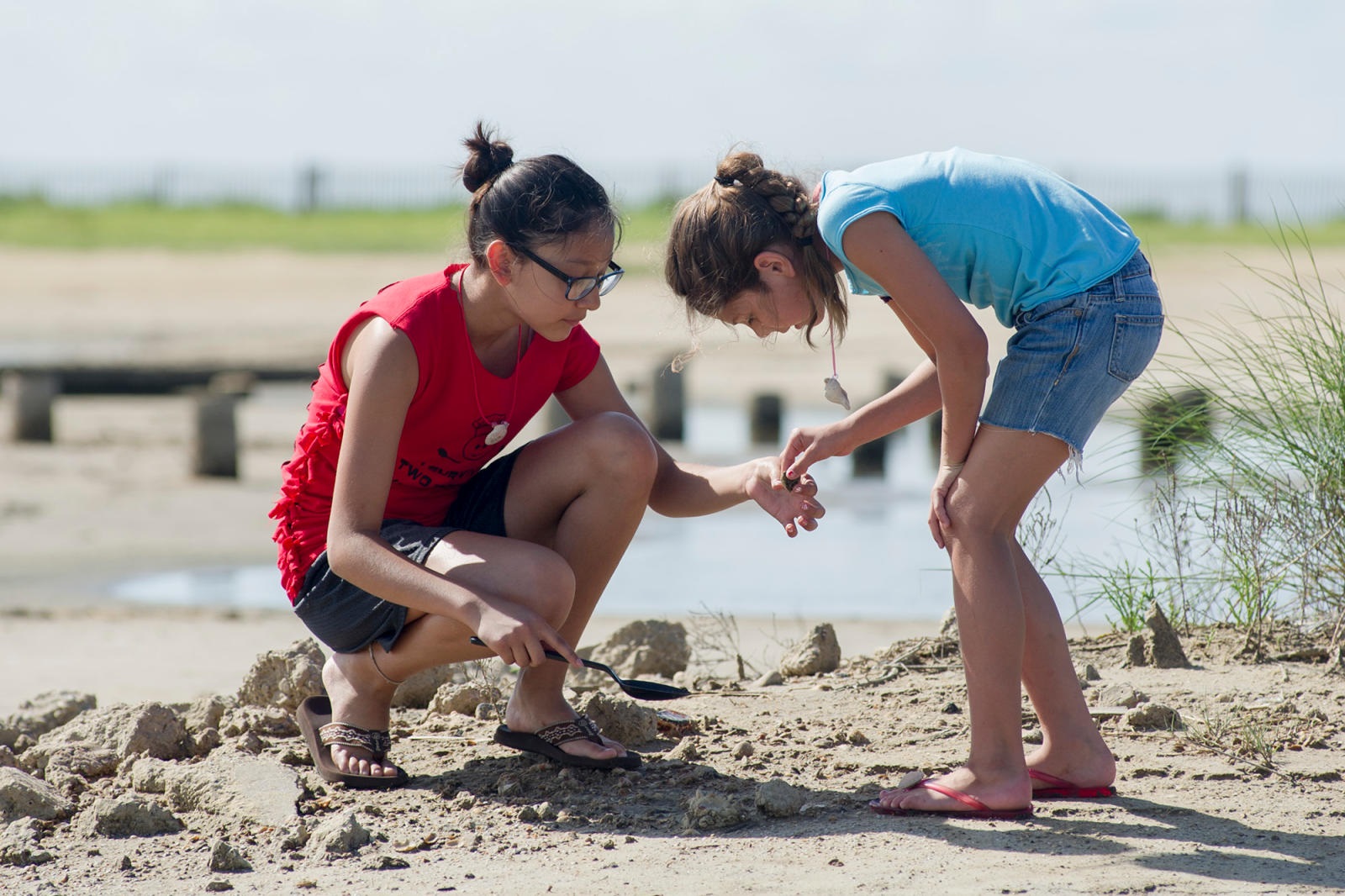
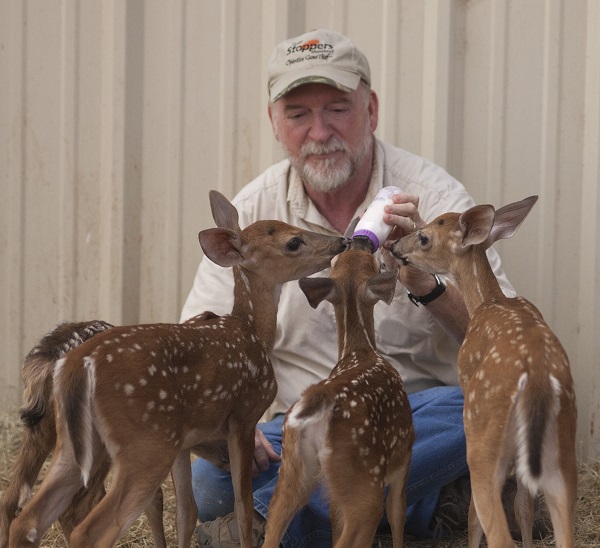
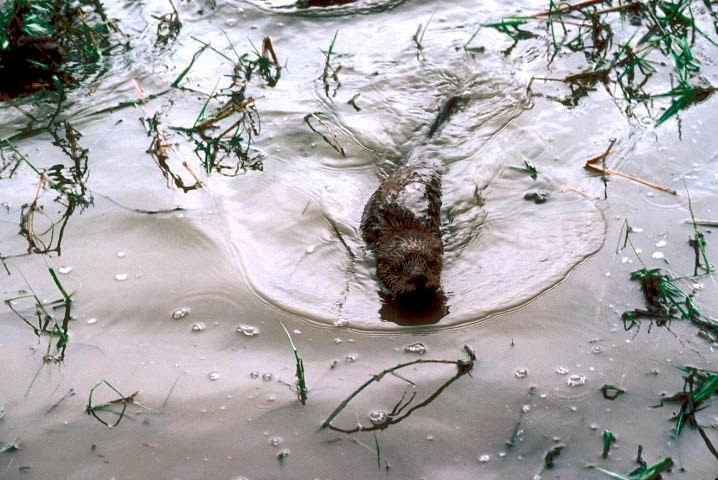

 Passport to Texas is a
Passport to Texas is a  Passport to Texas is made available by:
Passport to Texas is made available by: